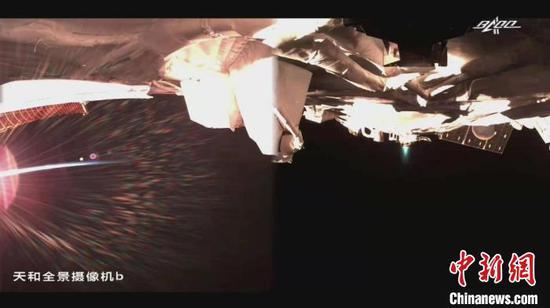
(Photo/Courtesy of the 801 research institute of China Aerospace Science and Technology Corporation (CASC) 6th Academy)
China's manned spaceflight Tiangong Space Station recently achieved a new first, by successfully installing an electric propulsion system gas cylinder in-orbit through robotic arm. It is believed to be beneficial to maintain the long-term orbit safe and stable flight of the space station.
For the first time, the 801 research institute of China Aerospace Science and Technology Corporation (CASC) 6th Academy has adopted a "gas exchange" method instead of "gas replenishment" to supplement the electric propulsion propellant xenon gas, according to a statement the Global Times received from the institute on Tuesday.
The use of the electric propulsion system on the Tiangong Space Station marks its debut in the field of manned spaceflight. With the addition of the gas bottle as an "external attachment," the service life of the space station's electric propulsion system will be significantly extended, playing a crucial role in the long-term safe and stable operation of the space station.
The electric propulsion system, also known as the electric propulsion engine, firstly converts inert gases such as xenon into charged ions, then accelerates and ejects these ions to generate thrust, which will power tasks such as spacecraft attitude control, orbit correction, and maintenance.
The in-orbit installment was completed through a simplified floating docking method: achieving initial positioning of the robotic arm through a coarse positioning guiding device, followed by further correction through autonomous fine positioning. This approach can achieve reliability of docking even after multiple in-orbit disassembly and reassembly operations.
Considering uncontrollable factors in the space environment, astronauts are also able to manually replace the gas bottle in addition to the robotic arm's automatic in-orbit replacement.
In May, China launched the Shenzhou-16 manned spaceship, sending three taikonauts to its space station combination for a five-month mission.
The Shenzhou-16 taikonauts will conduct large-scale in-orbit tests and experiments in various fields as planned. They are expected to make high-level scientific achievements in the study of novel quantum phenomena, high-precision space time-frequency systems, the verification of general relativity, and the origin of life, Xinhua News Agency reported.











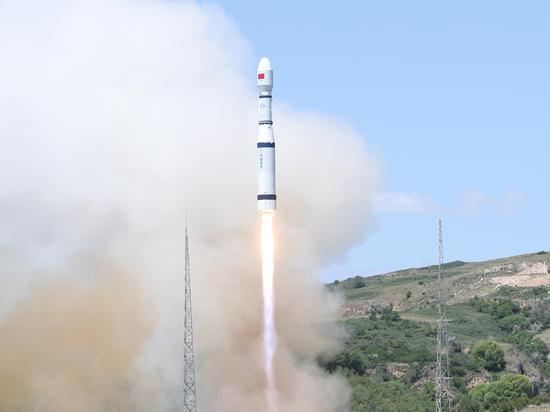
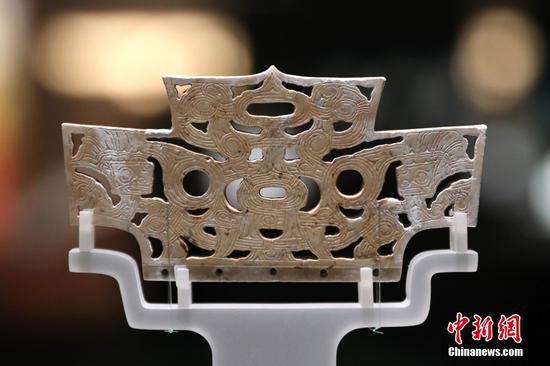


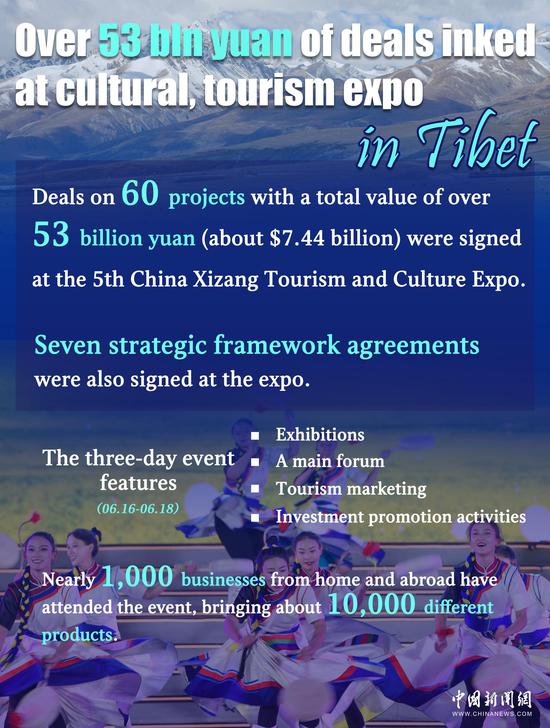
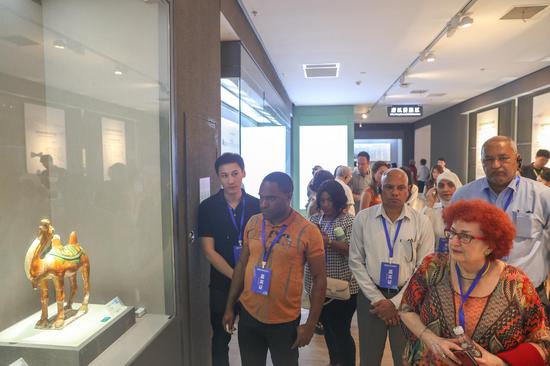










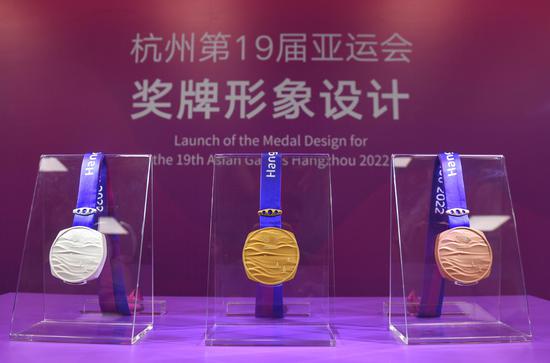



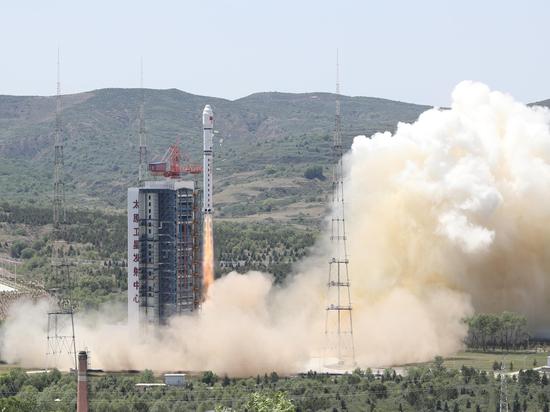



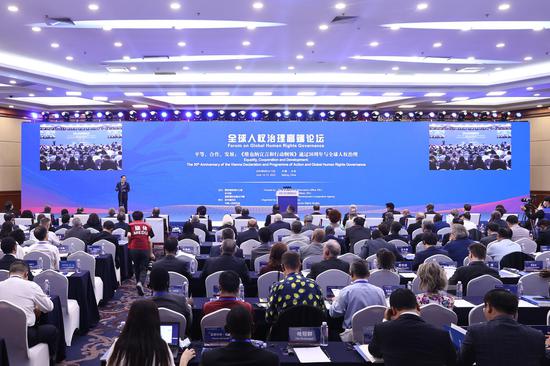

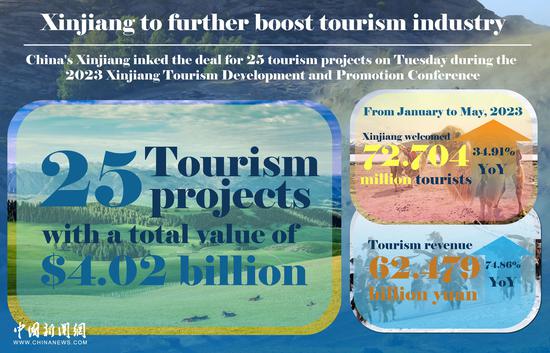
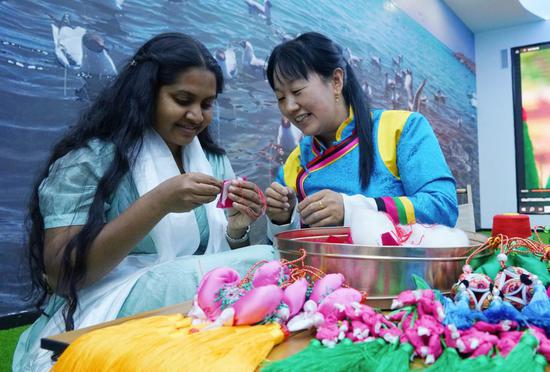











 京公網(wǎng)安備 11010202009201號
京公網(wǎng)安備 11010202009201號